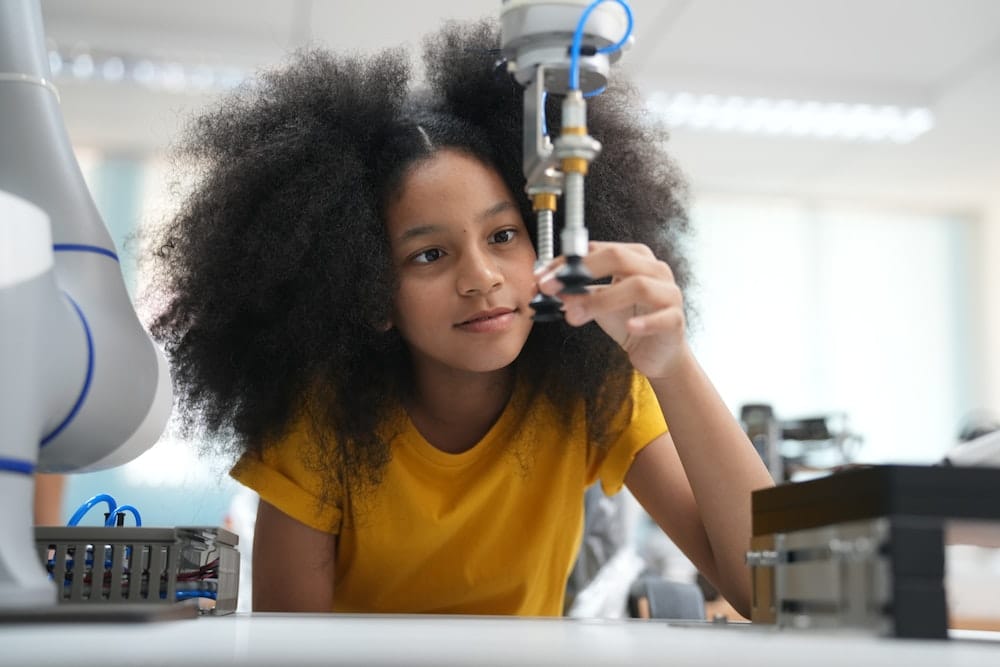What’s the Latest in Brain-Computer Interface Technology for Paraplegics?

The study of brain-computer interfaces (BCIs), a rapidly evolving field, has seen some remarkable advancements in recent years. As technology improves and becomes more accessible, the possibility of using BCIs to restore mobility to paraplegics is becoming more profound. In this article, we delve into the most recent advancements in this field, from the latest research studies to promising new developments in BCI technology.
The Role of BCIs in Motor Control and Movement
Brain-computer interfaces are systems that allow direct communication between the human brain and an external device, such as a computer or prosthetic limb. The primary objective of BCIs in the realm of paraplegia is to restore motor control and movement to individuals who have lost these abilities due to a stroke or other neurological impairment.
A lire aussi : How Can Smart Toilets Provide Health Data and Improve Sanitation?
Recent research published on PubMed and PMC has shed light on the potential of BCIs to control prosthetic limbs using the power of the mind. Electroencephalography (EEG) has played a substantial role in these studies, providing an interface for the brain to directly control the movement of a computer or prosthetic limb.
A study conducted at a notable university used BCIs to allow a participant who had suffered a stroke to control a robotic arm using only their thoughts. With the use of an EEG cap, the participant’s brain waves were recorded and translated into commands that controlled the movement of the robotic arm.
A découvrir également : How Can Digital Twins Be Used for Disaster Preparedness and Response?
Enhancing Performance of BCIs through Analysis and Development
As promising as these initial studies have been, there’s a significant amount of work to be done to refine and improve the performance of BCIs. Researchers at several universities have been using cross-analysis techniques to better understand the information being processed by the BCI system.
One such study published in Crossref adopted a unique approach by focusing on the free movements of the participant before and after using the BCI system. The study’s findings highlight the importance of individualized calibration and training to enhance the performance of BCIs.
Developments in BCI technology are also focused on making these systems more user-friendly and accessible. Recent innovations have seen the development of wireless BCIs, making them more portable and comfortable for the user.
Challenges in Implementing BCIs
While the potential benefits of BCIs for paraplegics are immense, several challenges need to be addressed. One of the primary hurdles is the complexity of the mind itself. Our brains are a dynamic network of billions of neurons firing at any given moment, and decoding these signals is no easy feat.
Another challenge is the invasive nature of many BCI systems. Current methodologies often require surgical implantation of electrodes in the brain, which carries inherent risks. However, recent studies, as referenced on PubMed and PMC, are exploring the potential of non-invasive methods, such as EEG, to mitigate this issue.
The Future of BCIs for Paraplegics
The future of BCIs for paraplegics appears promising. While the technology is still in its infancy, its potential to revolutionize the lives of individuals with motor impairments is immense. BCIs offer a beacon of hope for restoring independence and enhancing the quality of life for those affected by paraplegia.
Several universities and research institutions continue to push the boundaries of BCI technology. From improving the performance of these systems through detailed analysis to developing user-friendly interfaces, the focus is on making BCIs more accessible and effective.
In conclusion, the advancements in BCIs offer a glimmer of hope to paraplegics. As research continues and technology evolves, the day when paraplegics can regain their independence through the power of their mind could be closer than we think. As you peruse the latest research on PubMed, PMC, and Crossref, remember that each study brings us one step closer to this revolutionary milestone.
Overcoming Limitations in BCI Technology
Implementing brain-computer interface (BCI) technology to aid paraplegics in reclaiming their mobility is an endeavor that is as complex as it is promising. As BCI technology continues to evolve, researchers worldwide are grappling with several challenges that can limit its effectiveness.
One of the most significant limitations is the complexity of the human brain itself. As a vast and dynamic network of billions of neurons, the brain is continuously sending and receiving complex signals. Capturing and decoding these signals accurately to control external devices, such as prosthetic limbs, is a formidable task. Research articles on Google Scholar and Crossref Google underscore this complexity, emphasizing the need for advanced algorithms and systems to interpret brain signals effectively.
Another significant limitation is the invasive nature of many BCI systems. Typically, the most effective BCIs require surgical implantation of electrodes in the motor cortex of the brain. This invasive procedure, while providing a high-resolution signal, also comes with significant risks, including infection and rejection by the body. However, numerous studies chronicled on PubMed Crossref and DOI PubMed indicate an ongoing shift towards non-invasive EEG-based BCIs, which are safer though the resolution of the signal may be lower.
Furthermore, the effectiveness of BCIs is often limited by the user’s ability to control them. This necessitates extensive training using motor imagery techniques, which can be physically and mentally exhausting for the users, particularly those recovering from a chronic stroke or spinal cord injury.
Looking Ahead: The Promise of BCI Technology for Paraplegics
Despite the inherent challenges, the future of BCI technology in aiding paraplegics regain their mobility is exciting. The technology is still in its infancy, but its potential is vast, with the power to drastically change the lives of those affected by paraplegia.
Several research and development initiatives are underway at various universities and institutions, working towards making BCIs more effective and user-friendly. For instance, one aspect that researchers are keenly exploring is wireless BCI systems, as highlighted in free articles on PMC Free and DOI PMC. These systems aim to make BCIs more portable, convenient, and comfortable for users.
The concept of brain-machine interfaces also opens up the possibility of applying BCI technology beyond mobility restoration. This could potentially include other areas such as communication, increasing independence, and enhancing the quality of life for paraplegics.
In conclusion, while the path to fully functional and accessible BCI technology is filled with challenges, the journey is exciting and full of potential. Each research paper published on platforms like PubMed, PMC, and Crossref, each new finding, each free article shared across the globe, brings us closer to the day when paraplegics can regain their mobility and independence, not through physical strength, but through the power of their minds. The hope that BCI technology offers to paraplegics is immense, and as the field continues to evolve, that hope only grows stronger.
